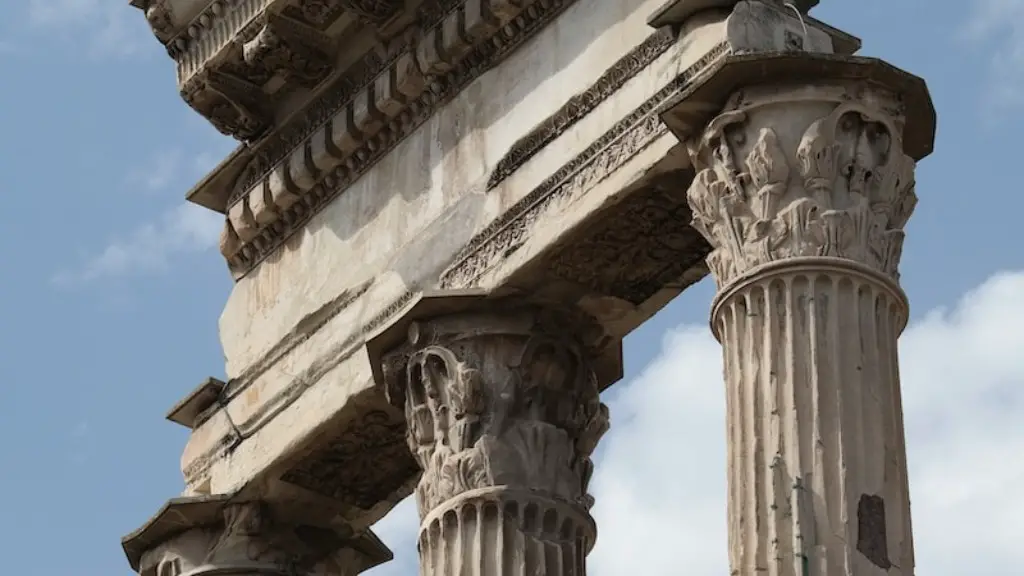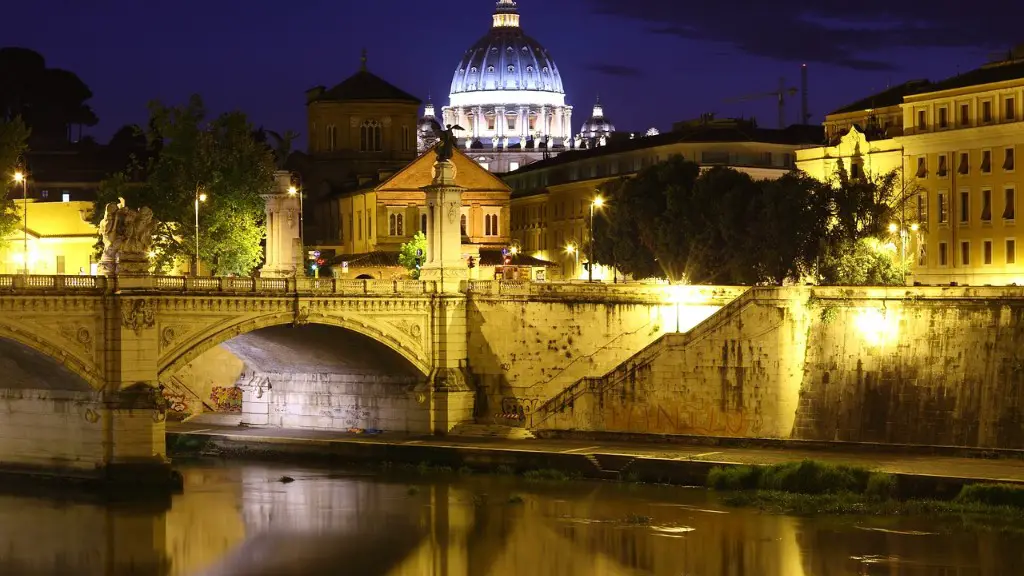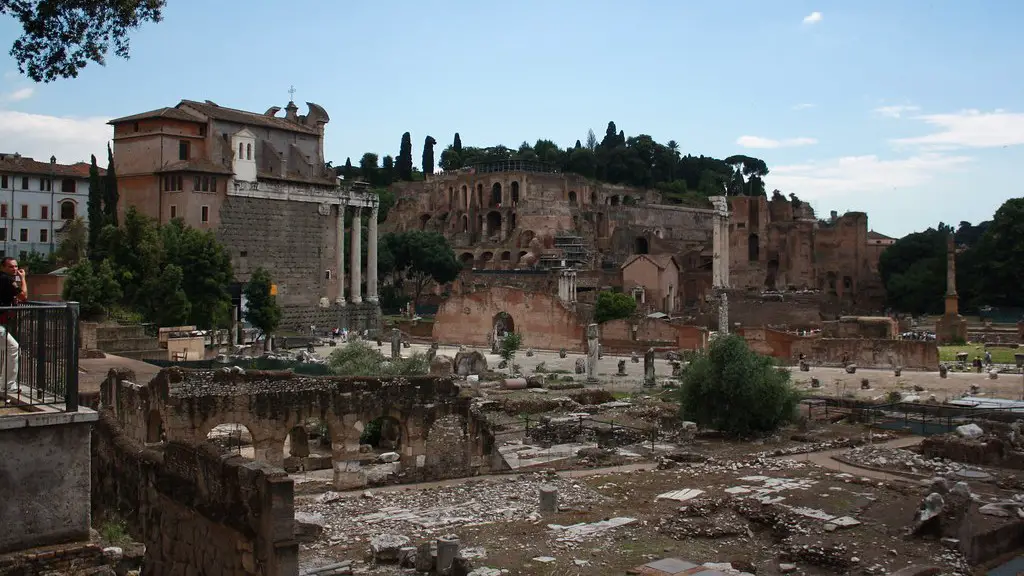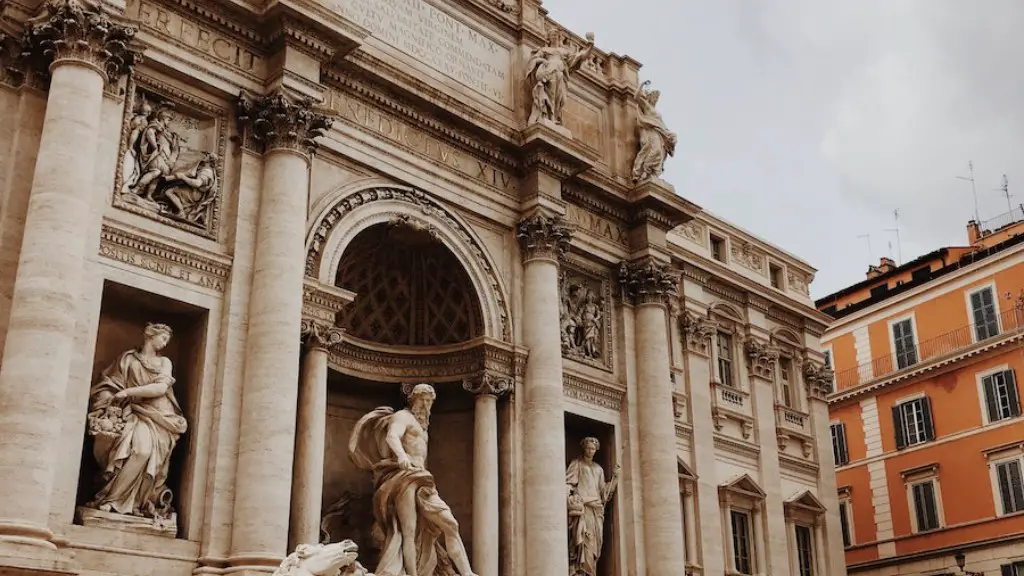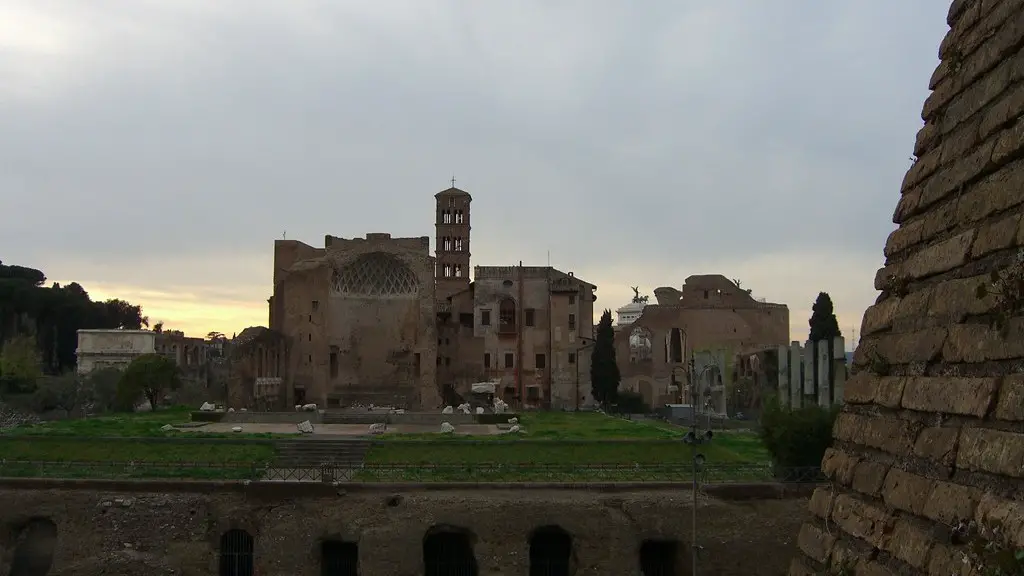In the ancient days the Roman Empire was marked by religious practices so entwined with daily life, it is impossible to separate them. During its long history, the Roman were worshipping a number of gods, goddesses, and spirits. The gods had roles to play in every aspect of life, from farming to military, from politics to love, from health to fertility. Ancient Romans primarily worshipped the 12 Olympian gods – Jupiter, Juno, Mars, Venus, Apollo, Diana, Minerva, Vulcan, Vesta, Ceres, Mercury and Neptune.
These gods and goddesses were believed to be powerful and immortal, controlling aspects of nature, ruling over their own domains, and could both help and hinder mankind. In return of their favours, followers of these gods offered them diverse offerings. These offerings included incense, animal sacrifices, and libations. In addition to the Olympic gods, the people of ancient Rome even prayed to household gods (Lares and Penates), protective gods (Janus and Terminus) and many others.
Public worship and rituals were held in temples – houses where the gods lived, to honor them. The temples would typically have a statue of the god, and priests or priestess would pray to the gods. Rites and festivals were held in their honor in public and the temples were decorated and furnished with costumes, altar pieces and jewels, and offerings of food and drink were made in honor of the deity.
Religion and Government
The pagan religion was deeply intertwined with the government of the Roman Empire. The political leaders were considered to be representatives of the gods on Earth. The most senior of these were the Pontifex Maximus and Flamen Dialis, who were responsible for religious observances on behalf of the state. Another important role in relation to the religious practices was held by the Vestal Virgins, who kept the sacred flame of Vesta burning in the Temple of Vesta.
The Senate was also involved in important religious procedures, such as producing laws concerning religious rituals and ordinances, overseeing the building of temples and other aspects of public worship and enacting sanctions against cults and practices which were considered to be a threat or in opposition to the official religion.
In addition to traditional religious practices, the people of Ancient Rome also had special relationships with certain emperors, who were worshipped as Gods by their followers. The most famous imperial cult was the deification of Julius Caesar and Augustus, and later Claudius and Nero, who were all worshipped as gods.
Mystery Cults
Apart from the traditional religious practices of Ancient Rome, there were also the so-called mystery religions. These religions, which were mainly imported from the East, promised individuals something greater than the state-controlled religion and offered salvation, initiation and new life opportunities. Some of these cults were the worship of Isis, Mithra, Susanna and Attis, which were very popular in the Empire.
The mystery religions provided an alternative to the traditional religion, as they introduced a personal relationship with the divinity and promised something more – divine intervention and a better life in the afterlife. However, the mystery religions had to compete with the traditional religion for followers and did not garner the same level of acceptance as the traditional religion in the Roman Empire.
Christianity
In the 4th century, Christianity first made its appearance in Rome, as the new religion spread through the Mediterranean. From its beginnings as an outlawed and persecuted religion, Christianity gradually became the dominant religion in the Roman Empire. It was officially declared the religion of the Empire by the edict of Theodosius in 380. With this edict, any other religion was made illegal and persecuted in the Empire. The followers of the traditional pagan gods, who did not convert to Christianity, had to practise their faith in secret.
Christianity brought a new perspective to religious beliefs, as it offered a radically different spiritual perspective. This perspective brought hope and faith in hope of a better afterlife and eventually replaced the traditional pagan religion in the Empire.
Legacy
The legacy of the traditional religion of ancient Rome is still seen today. Through archaeological finds, art, and literature, there is still evidence of what was once a vibrant and important part of Roman culture. Although Christianity is now the major religion of the world, it is important to remember and reflect on the ancient tradition that shaped our world.
The diverse and dynamic religious culture of ancient Rome, which shaped its society and politics, still has a major influence on our modern society. Whether we believe in its spiritual beliefs or not, studying its rituals and gods can provide us with a greater understanding of its history and culture.
Comparisons
The religious practices of ancient Rome have been compared to other belief systems, Hinduism and Shinto being two notable examples. Scholars have noted that the Pantheon of Greek gods and goddesses appears to be partly derived from Hindu gods, while the Shinto belief in a myriad of spirits, or Kami, share similarities with the animistic pre-Roman religions.
Comparing these belief systems also reveals some of the commonalities between them, such as their focus on ritual and sacrifice. However, what sets the ancient Roman religion apart is its focus on civic religion, which meant that the gods were not just worshipped for personal benefit and gain, but also for the good of the state.
Interpretations
The interpretation of ancient Roman religion and its deities has been a topic of debate for centuries. While some scholars have argued for a more anthropomorphic approach to understanding these gods and goddesses, others have focused on a more abstract religious understanding. The many archaeological finds have also played a role in deciphering the religious practices of the time.
Many ancient writers such as Pliny and Lucretius describe the gods and goddesses in anthropomorphic terms of strength, beauty and power; while others, such as Cato and Vergil, sought to describe them in more metaphysical ways. Ultimately, the interpretation of the gods of ancient Rome is something that is open to debate and discussion.
Conclusion
Ancient Rome was a culture of innumerable gods and goddesses, who were worshipped in public or private rituals. They had roles to play in every aspect of life, from politics to love, from military to health. Public worship was mainly held in temples, where offerings and sacrifices were made in honor of the deity. The religious practices were deeply intertwined with the government and the Roman Senate controlled important religious procedures.
In addition to traditional religious practices, the people of Ancient Rome also turned to mystery cults and imperial gods for salvation, initiation and a better life in the afterlife. With the introduction of Christianity in the 4th century, all other religions were made illegal in the Empire. The legacy of the traditional religion of ancient Rome is still seen today and, although Christianity is now the major religion in the world, it is important to remember the ancient tradition that shaped our world.
